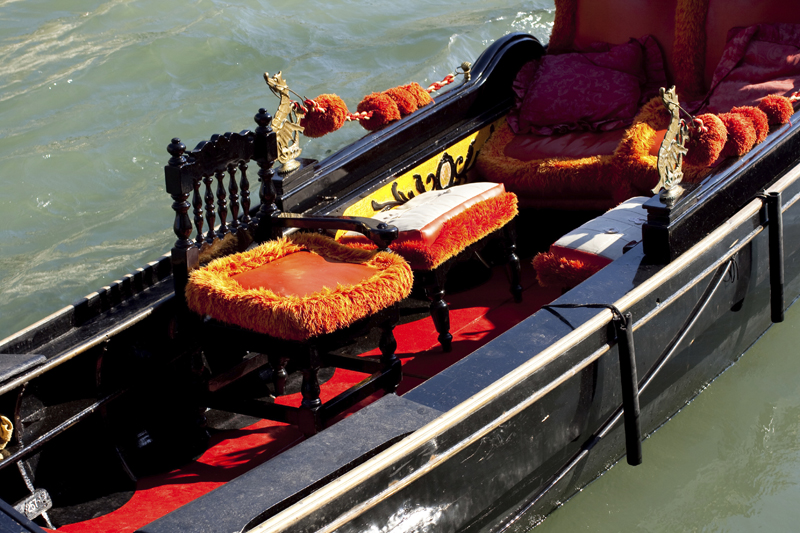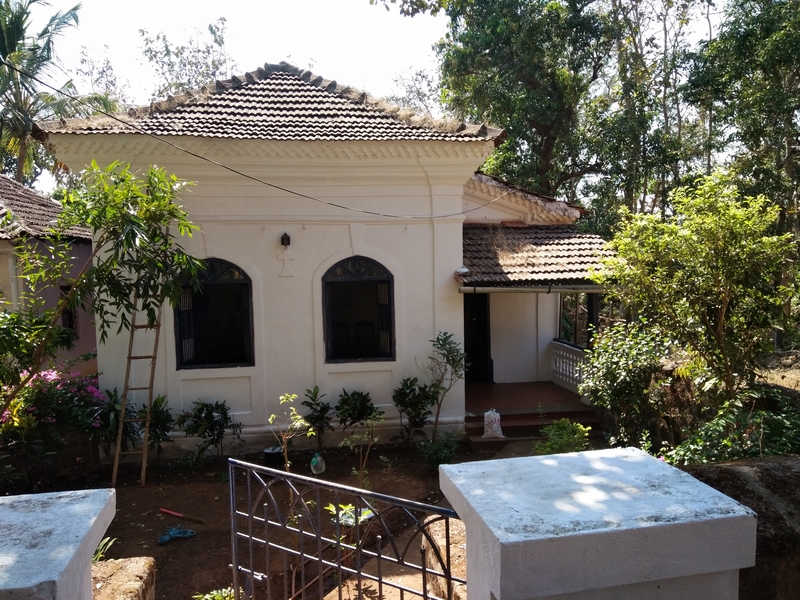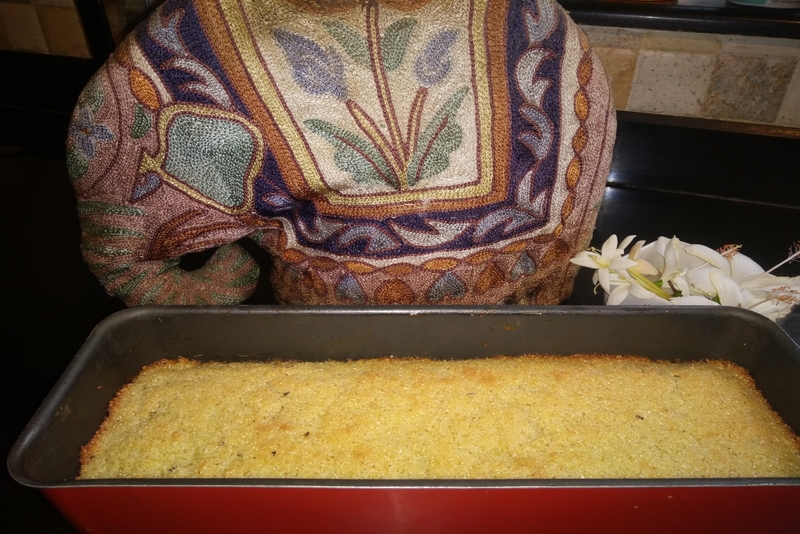The romance of Van Gogh

The intensity of Vincent van Gogh’s blue-eyed gaze reaches out and mesmerizes one from the post cards, in the tourist shops, and along the canals of Amsterdam. Everyone knows that angular face from his numerous self portraits, with the intense eyes and a straw hat. And soon, if you are not familiar with his work, those famous swirling brush strokes of colour will burn a path of recognition in your mind. Vincent Van Gogh's art (1880-1890)has a special Van Gogh Museum in Amsterdam with a running exhibition, focusing on this aspect.
The museum was crowded despite the expensive €10 entrance ticket. We found ourselves enthralled by van Gogh’s innate artistry, in spite of the crush and rush of visitors. During his short ten-year artistic career, van Gogh was highly prolific. He did not have the slightest idea of how great an artist he would become and began painting only at 27 with no formal education in art. His dramatic life story with his unhappy romances, lack of recognition and spells in mental institutions, cutting off his ear and final suicide, are as interesting as his art that he left behind.
The show on display, according to the museum, is the first to examine the enormous influence of van Gogh on German and Austrian Expressionism. The exhibition focused on van Gogh’s paintings which inspired German artists Ernst Kirchner and Wassily Kandinsky who were fascinated with van Gogh’s powerful brushwork, the strong contrasting colours he used, as well as the dynamism of his brilliant palette.
A number of the artists were influenced by Van Gogh’s numerous self portraits. In the two years he lived in Paris van Gogh painted no less than 27 self portraits. He could not afford models so he used his own face to experiment with colour and painting techniques. Influenced by Neo-Impressionist painting, he covered his canvasses with small dots and lines in brilliant colours. Several artists’ self portraits influenced by van Gogh were displayed by the gallery alongside his.
What was exciting was to stand in front of van Gogh’s famous ‘Sunflowers’ but unlike the feeling of disappointment one gets seeing da Vinci’s ‘Mona Lisa’ in the Louvre, this painting is worth the trip to the museum. The colours are vibrant and it was done during his stay in Paris from 1886 to ‘88. What one learns is that Vincent did several paintings of sunflowers to decorate the house in Arles, where he hoped his friend Paul Gauguin would live. He kept the layout the same of all the paintings, with only minor differences to separate them. What is interesting is his adolescent looking signature scrawled across the vase in a sky blue!
‘Wheatfield with Crows’ painted in 1890 is another painting that reaches out and grabs you by its brilliant colours. This was painted when van Gogh was ill towards the end of his life. He was tired of living in the mental health clinic in Saint Remy near Arles so he moved out and settled in an artist’s village in Auvers-sur-Oise close to Paris in 1890. There he did a number of paintings culminating in a series of panoramic landscapes including ‘Wheatfield with Crows.’ But van Gogh was very depressed, as he felt he was a burden on his brother, Theo, who supported himself, his family and Vincent on a meager salary. Finally, on July 27, 1890 Vincent van Gogh shot himself in the chest and two days later, died from his wounds.
‘And my aim in my life is to make pictures and drawings, as many and as well as I can; then, at the end of my life, I hope to pass away, looking back with love and tender regret, and thinking, 'Oh, the pictures I might have made!' is one of van Gogh's famous quotes.
You go out into the weak sunshine thinking, what an artist- after an afternoon of wallowing in his genius!
The museum was crowded despite the expensive €10 entrance ticket. We found ourselves enthralled by van Gogh’s innate artistry, in spite of the crush and rush of visitors. During his short ten-year artistic career, van Gogh was highly prolific. He did not have the slightest idea of how great an artist he would become and began painting only at 27 with no formal education in art. His dramatic life story with his unhappy romances, lack of recognition and spells in mental institutions, cutting off his ear and final suicide, are as interesting as his art that he left behind.
The show on display, according to the museum, is the first to examine the enormous influence of van Gogh on German and Austrian Expressionism. The exhibition focused on van Gogh’s paintings which inspired German artists Ernst Kirchner and Wassily Kandinsky who were fascinated with van Gogh’s powerful brushwork, the strong contrasting colours he used, as well as the dynamism of his brilliant palette.
A number of the artists were influenced by Van Gogh’s numerous self portraits. In the two years he lived in Paris van Gogh painted no less than 27 self portraits. He could not afford models so he used his own face to experiment with colour and painting techniques. Influenced by Neo-Impressionist painting, he covered his canvasses with small dots and lines in brilliant colours. Several artists’ self portraits influenced by van Gogh were displayed by the gallery alongside his.
What was exciting was to stand in front of van Gogh’s famous ‘Sunflowers’ but unlike the feeling of disappointment one gets seeing da Vinci’s ‘Mona Lisa’ in the Louvre, this painting is worth the trip to the museum. The colours are vibrant and it was done during his stay in Paris from 1886 to ‘88. What one learns is that Vincent did several paintings of sunflowers to decorate the house in Arles, where he hoped his friend Paul Gauguin would live. He kept the layout the same of all the paintings, with only minor differences to separate them. What is interesting is his adolescent looking signature scrawled across the vase in a sky blue!
‘Wheatfield with Crows’ painted in 1890 is another painting that reaches out and grabs you by its brilliant colours. This was painted when van Gogh was ill towards the end of his life. He was tired of living in the mental health clinic in Saint Remy near Arles so he moved out and settled in an artist’s village in Auvers-sur-Oise close to Paris in 1890. There he did a number of paintings culminating in a series of panoramic landscapes including ‘Wheatfield with Crows.’ But van Gogh was very depressed, as he felt he was a burden on his brother, Theo, who supported himself, his family and Vincent on a meager salary. Finally, on July 27, 1890 Vincent van Gogh shot himself in the chest and two days later, died from his wounds.
‘And my aim in my life is to make pictures and drawings, as many and as well as I can; then, at the end of my life, I hope to pass away, looking back with love and tender regret, and thinking, 'Oh, the pictures I might have made!' is one of van Gogh's famous quotes.
You go out into the weak sunshine thinking, what an artist- after an afternoon of wallowing in his genius!

Related Articles
Editor's Picks Articles
Top Ten Articles
Previous Features
Site Map
Content copyright © 2023 by Marianne de Nazareth. All rights reserved.
This content was written by Marianne de Nazareth. If you wish to use this content in any manner, you need written permission. Contact Marianne de Nazareth for details.





 -resizeimage.jpg.jpg)

